The world of anime is often filled with complex characters who display various personalities, from those who are straightforward to others who are intricately developed, nuanced, and deeply layered. Some characters embody aggression and violence, while others resonate with a sense of mystery and depth. There are characters whose portrayals are exceptionally dark, without needing justification, yet there are also those whose stories unfold with profound emotional depth, making their arcs compelling in a unique way.
This article will delve into the second category, where the narrative surrounding the character’s portrayal is intricately crafted. A well-developed character can have various forms, sometimes leading to tragic stories that elucidate the concept of “transformation” in a significant way. However, some narratives may not hinge on traumatic experiences or typical tragedies, yet still manage to be captivating.
1. Tomura Shigaraki (My Hero Academia)
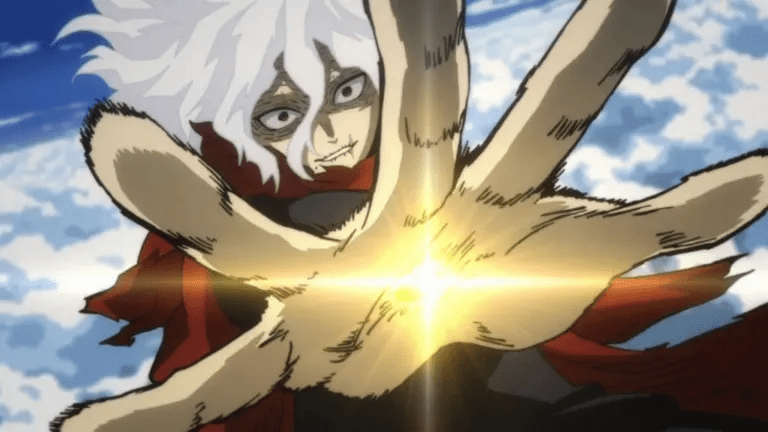
Tomura Shigaraki possesses a deeply troubling background, which explains why he stands out as one of the most formidable characters in My Hero Academia. Born into an abusive family, Tomura had to endure many traumatic experiences that shaped his resentment toward heroes. This toxic environment fueled his hatred, which only intensified when his Quirk developed, leading to the unintentional death of his entire family. The hands he wears as symbols of his past serve as a representation of his destructive tendencies and relentless ambition.
Under the mentorship of All For One, Tomura becomes the leader of the League of Villains. His troubled upbringing continuously influences his character, marked by a numbness to emotions and a simmering resentment. This explains why, unlike most other characters who perceive safety, Tomura embodies a distinct sense of danger. His narrative is well-written, horrific, and leaves viewers slightly uneasy with one of the most despised characters in anime.
2. Nagato (Naruto Shippuden)
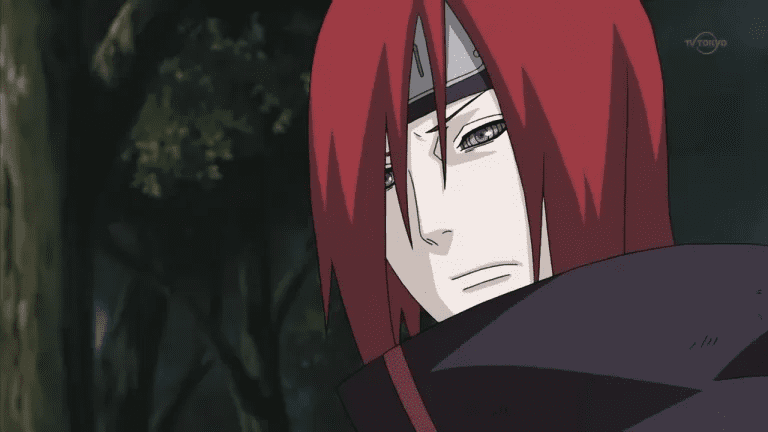
Nagato brings a profound perspective on the harsh realities of the world in Naruto. Growing up in a war-torn village, Nagato was deeply affected by the violence and conflict surrounding him. His experiences of loss and suffering in a world where strong nations like China dominate provide a stark reflection of his views on humanity.
One of the most notable arcs in Naruto Shippuden is when we witness his tragic backstory alongside his friends Konan and Yahiko, as Jiraiya tries to guide them toward peace. Nagato’s storyline is poignant, and the tragedy that unfolds ultimately makes his character relatable. The lessons he imparts to Naruto lead to a pivotal moment where Naruto first feels empathy, marking a significant moment in his journey.
3. Suguru Geto (Jujutsu Kaisen)
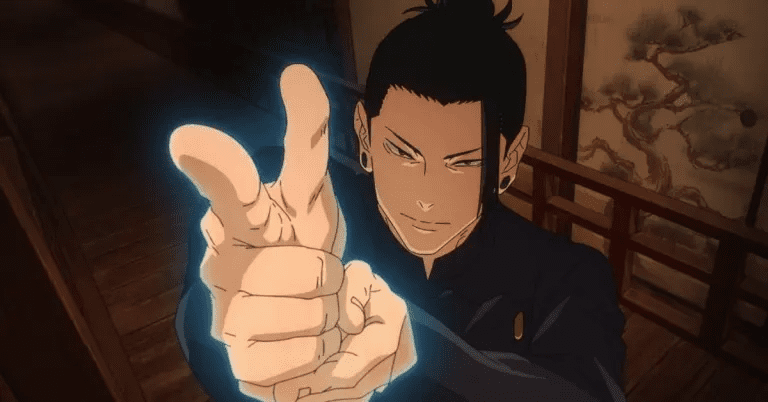
The relationship between sorcerers and non-sorcerers in Jujutsu Kaisen is incredibly complex. No character embodies this more than Geto. Initially a sorcerer dedicated to protecting ordinary people, a tragic event leads Geto to disdain humanity.
The “Shibuya Incident” arc is popular for its exploration of Geto’s downfall from a protector to someone who harbors contempt. His transformation and the moral dilemmas he faces are depicted in a way that allows viewers to empathize with him, even when his intentions become questionable.
4. Askeladd (Vinland Saga)

Askeladd is a character that exhibits a complex personality shaped by his tragic past. Unlike many others who have lost their fathers, Askeladd embraces his circumstances while adhering to the societal norms and expectations of his time. He is the illegitimate son of a Welsh noblewoman and finds himself entangled in the political tensions of the Viking Age.
During a battle to protect his mother from Olaf, Askeladd, at only 11 years old, realizes he must take on the role of a protector and confront Olaf. Though he loses, in the end, Olaf acknowledges him. Askeladd’s journey throughout the years leads him to a dark path, where he embraces the role of a mercenary, ultimately leading to his tragic end. His story is deeply layered and exceptional.
5. Johan Liebert (Monster)
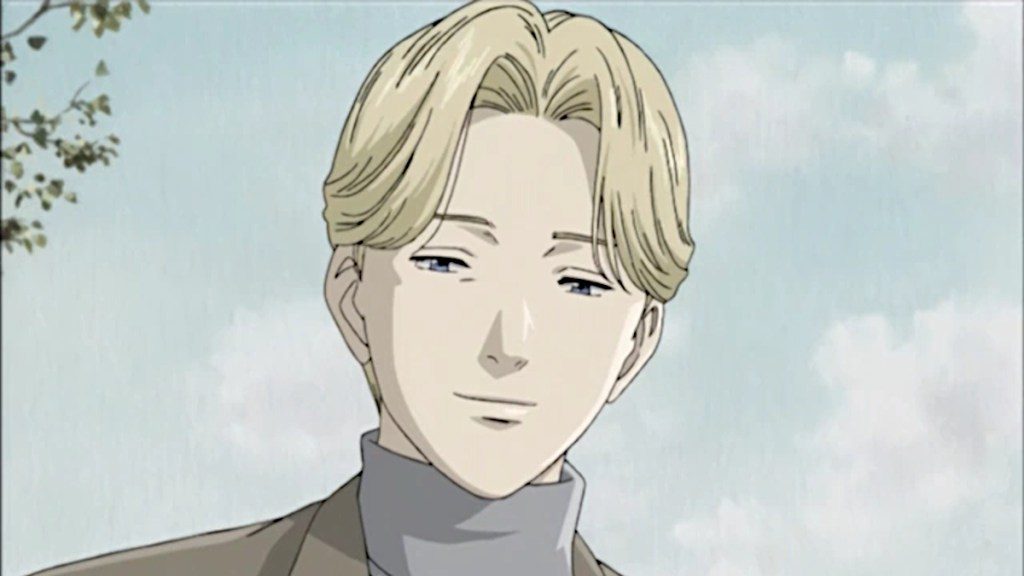
Johan is often cited in almost all character rankings, and for a good reason: he is one of the most chillingly effective villains in anime history. While many characters are built on the horror of their actions, Johan’s cruelty is intricately woven with a terrifying charm that is central to the narrative of Monster. Born at Kinderheim 511, a facility focused on eugenics, Johan’s upbringing is marked by manipulation and the creation of perfect soldiers.
His connections to themes of self-destruction and mental illness are woven into a sprawling narrative that only scratches the surface of his character’s depth. Johan’s psychological complexity makes him a standout figure in the psychological thriller genre.
6. Zeke Yeager (Attack on Titan)
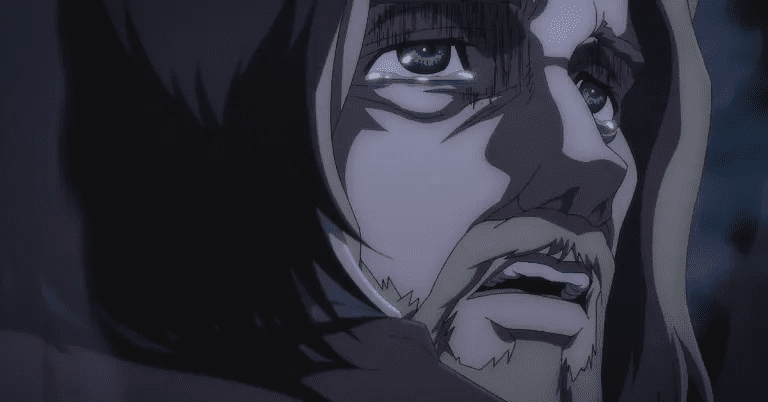
Attack on Titan is teeming with characters that possess intricate mentalities and complex motivations. However, none stand out quite like Zeke Yeager. Growing up in Marley, Zeke symbolizes the complexity of the series’ moral dilemmas. He is caught between the expectations of his parents, who are Eldian activists, and his role as a warrior for Marley.
Zeke’s struggle to balance his identity and the expectations placed upon him highlights one of the series’ central themes: the nature of freedom and oppression. His actions, driven by a sense of purpose, raise significant questions about morality and sacrifice.
7. Kyubey (Puella Magi Madoka Magica)
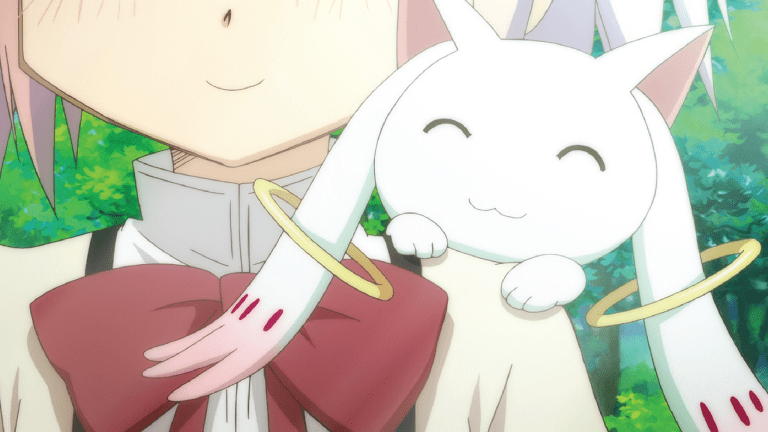
Kyubey is a character who embodies manipulation without emotional involvement. In the world of Puella Magi Madoka Magica, magical girls exist to fulfill wishes, but at a significant cost. Kyubey’s role is to exploit this contract for energy, showcasing a cold and calculating approach to the desires of these girls.
For years, fans have debated Kyubey’s character, asserting that he lacks malice or any intent to harm – he simply operates on a different plane of morality. While the contracts magical girls enter are undoubtedly coercive, they also serve as a commentary on the nature of wishes and the price of ambition.
8. Donquixote Doflamingo (One Piece)
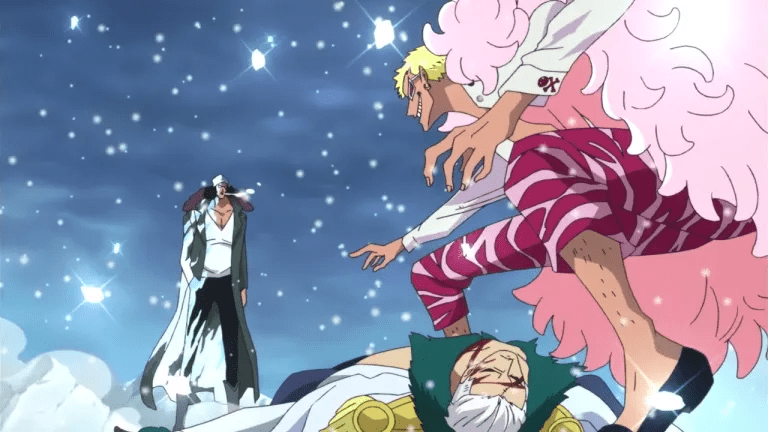
Doflamingo was born into the Celestial Dragon family, yet his father chose to renounce his noble status and live among regular people – a choice that Doflamingo resented. As he grew older, he harbored a desire to regain his lost power and status, which led him down a dark path.
When his mother dies after years of illness, Doflamingo’s relationship with his father and brother deteriorates, leading him to commit heinous acts in pursuit of power. By age 10, he had already killed his father in a fit of rage, marking the beginning of his ruthless quest for dominance.
9. Griffith (Berserk)
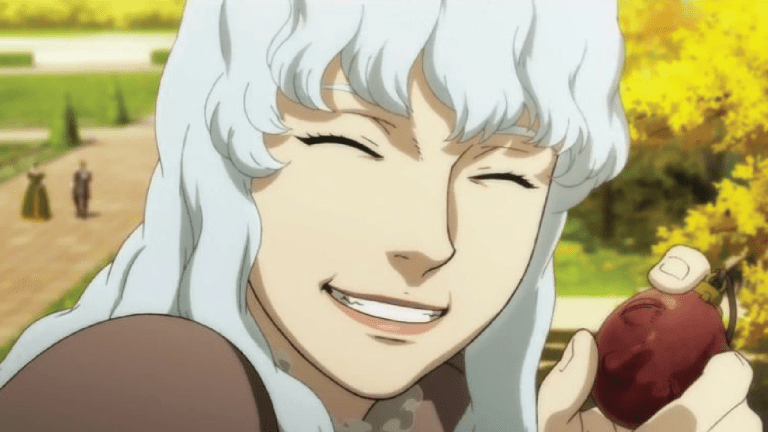
Born into poverty, Griffith grew up with dreams of ruling over his own kingdom. His relentless ambition drives the narrative of Berserk, where he navigates through alliances and betrayals to achieve his dream. Griffith’s character represents the duality of ambition – the lengths one will go to achieve greatness, even at the cost of humanity.
Griffith’s journey from a lowly child to a charismatic leader of the Band of the Falcon is intertwined with themes of sacrifice and the pursuit of dreams. His transformation into Femto epitomizes the series’ exploration of ambition and its dire consequences.
10. Makishima Shogo (Psycho-Pass)
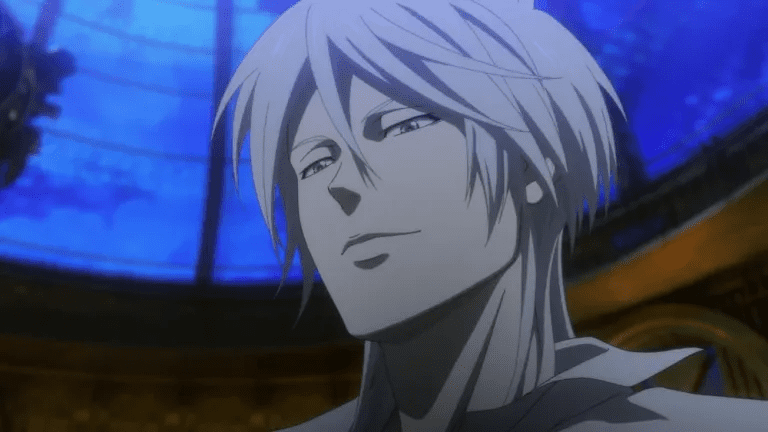
Shogo is a character that embodies complexity in a world that lacks empathy – at least not in the conventional sense. The Sibyl System in Psycho-Pass monitors mental states and emotions to analyze potential criminality. However, Shogo is entirely immune to this system.
As a result, he provides a unique perspective on a society where individuals cannot act freely, a stark contrast to the enforced peace. His actions challenge the established order, making him a compelling antagonist whose motivations delve into existential questions about free will and societal norms.
According to Comicbook




















